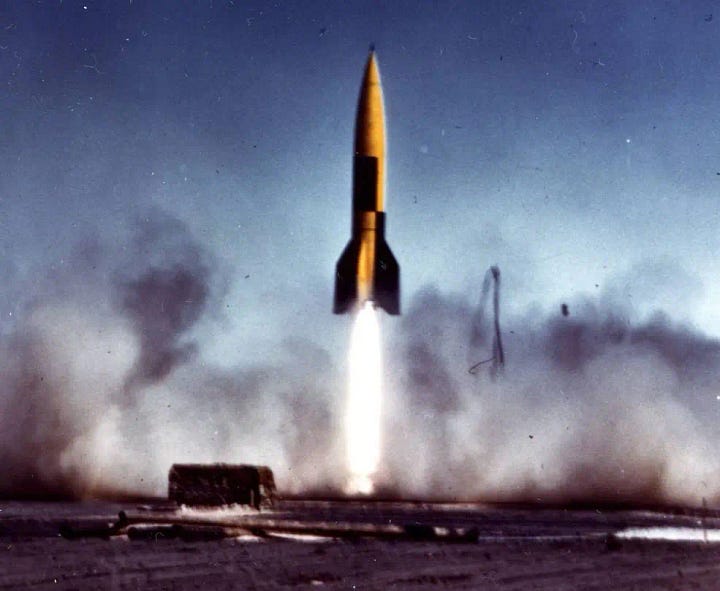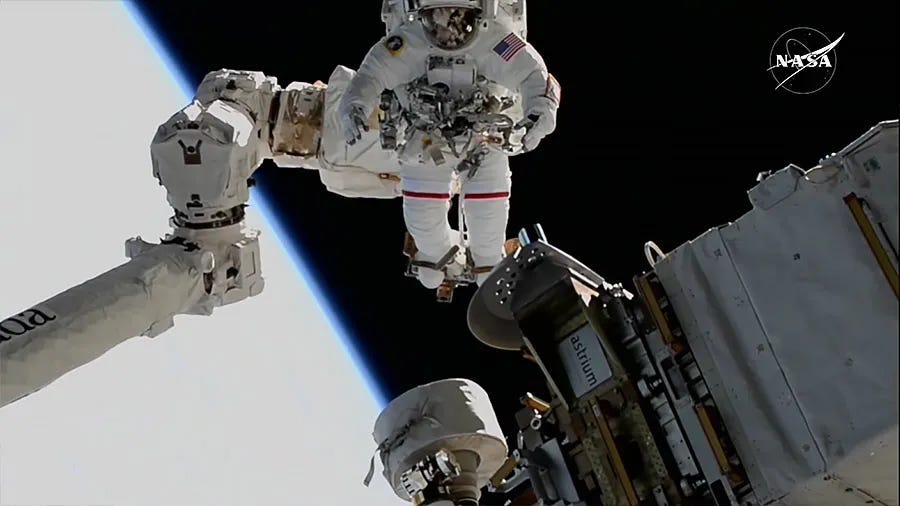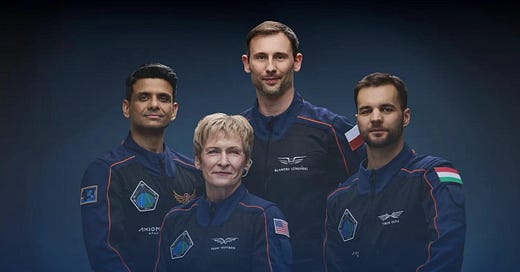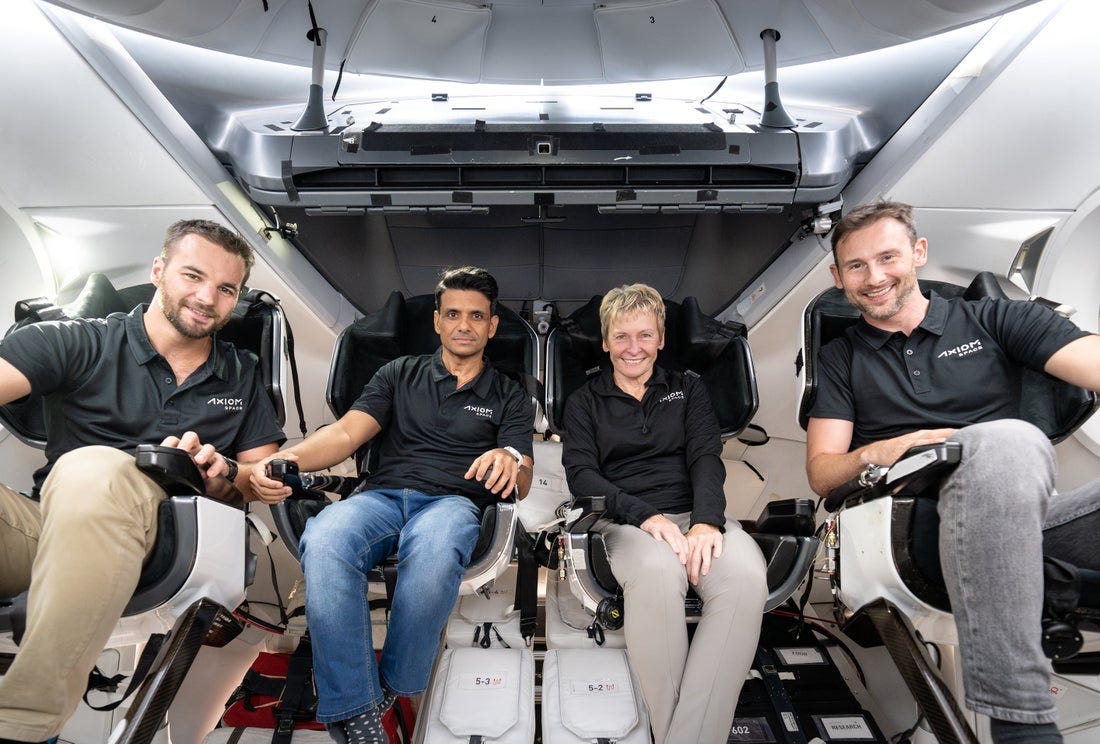If you’re a country looking to build your space program from the ground up, the absolute first thing to get right is being able to launch rockets. The purpose, payload and destination of these rockets will change, but being able to launch a rocket that can carry a meaningful payload and not explode is an important first step. To kick things off, you’ll get your top scientists to start taking the rocket equation seriously, then your engineering capital to start constructing these rockets (and their related infrastructure) and your finance ministry to begin allocating necessary funding for these adventures.


That’s how the USSR and USA proved they were serious about venturing into space during the 1960’s (with help from WWII V2 rockets). Those humble beginnings, that started with short test flights, were nothing more than a long hop. Which eventually grew into going to higher altitudes and doing more complex maneuvering.
Like that previous space race, the next step in your space program has to be able to keep humans alive in your crew module. This next step is almost like a giant leap. Because you could be reliably launching satellites from your wonderful rocket that lands back on Earth (or falls on an unsuspecting population). But until it can carry humans to space, it’s not ready for more complicated tasks. Why? Because humans can perform more complicated maneuvers like docking with other modules, run science experiments and do other complicated operations once you land somewhere.
Humans can also deal with surprises that space adventures throw at them. As we experience with rovers on Mars, the vast distances in space means that there’s always a time lag between human controllers on Earth and the machines on far off planets. One wrong turn and the whole mission is doomed. Even though these robots have been getting pretty good at navigating Martian terrain, a human would compute some things very easily.
Lastly, humans can actually describe what it’s like to live & work off-planet. Remember the tremendous investment of human capital and monetary funds means that your country’s population needs to not only get back some return on its investment, but also expects other intangible benefits like inspiring the next generation of scientists. Obviously this is not something that a private company will put out in its financial reports. But this is exactly what separates public vs private investments. The public side can afford to think long term.
Climbing The Complexity Ladder

Keeping humans alive is as much a technical problem as it is a biological problem. In space, human bodies break in obvious (lack of breathable air) and fairly complex ways (radiation). So you need to learn how to add a crew module capable of supporting life and how to operate such a system. Not to mention that your crew system needs to be able to bring the humans back to Earth. The amount of engineering required to just fulfill that requirement itself is mind blowing. (Think simultaneously becoming an expert on parachutes and pyrotechnics).
For long-duration missions, like visiting the International Space Station (ISS), humans are again needed to keep the systems operating as expected. Just ask the two astronauts that were stuck on the ISS for months. They were completely involved in the operations of the system — from lending a hand in running science projects onboard to keeping the space station functioning.
So how does a space agency go about training its astronauts? You could build a facility from scratch. That’s what JAXA, the Japanese space agency, did for their astronauts back in the day. But a lot of the knowledge here is acquired through human experience and can’t be built overnight. NASA centers are really the epicenter of human spaceflight missions as they have supported missions from the beginning of the space age.
This is where every serious space agency (that is allowed to) sends its astronauts. Even JAXA astronauts eventually went through training on NASA facilities and found the focus on operations an important part for their mission success.
Public-Private Partnership

NASA has been shifting towards supporting more private ventures to go into space. More entities competing against each other is generally good for the innovation cycle & for reducing costs. Space is now full of private ventures. Which is similar to public investment in any other sector where the public agency can initially afford to take risks and build up knowledge that then can be commoditized by the private ventures.
Private ventures have now matured enough to allow public space agencies with another option to gain knowledge on building a human spaceflight program from the ground up.
Axiom Space has emerged as one of the leading private space companies with hopes of building a fully independent Space Station. It’s also building up its human spaceflight arm by operating private astronaut missions and using SpaceX as the transportation provider. It has already completed 3 missions by taking astronauts to the ISS. The company has NASA DNA in it as its key leadership and astronauts are ex-NASA employees. Another way public funding is building up private enterprises.
AX-4
The Axiom-4 mission, launching on June 11th (weather permitting), is even more interesting and important as it’s taking three government sponsored astronauts from India, Poland and Hungary. Marking their re-entry into human space flight after having previously participated in one Soviet-era Interkosmos mission almost four decades ago. Each agency now has an opportunity to expand its human spaceflight knowledge and also perform some key scientific experiments.
The crew is led by the legendary NASA astronaut (now Axiom employee) — Peggy Whitson. She has had extended stays at ISS, becoming the first woman to command the ISS and later becoming the first woman to serve as NASA’s Chief Astronaut in 2009, the most senior position in the NASA Astronaut Corps. She also holds numerous records like the most spacewalks by a woman and the oldest woman spacewalker. This will be her 5th trip to ISS, which might feel like returning to her second home now.
Peggy is joined by mission specialists Sławosz Uznański-Wiśniewski, a European Space Agency project astronaut from Poland, and Tibor Kapu representing the Hungarian Space Office.
India’s role and purpose
From the Indian side, Group Captain Shubhanshu Shukla (call sign #shuks) will pilot AX-4 and become only the 2nd Indian in space after Rakesh Sharma who flew in 1984. He will be the first of India’s astronaut corps to fly to space as part of ISRO’s plans to launch indigenous human spaceflight. In recent interaction with the media, he highlighted how distributed the components of the human spaceflight program are between multiple international partners and space centers. This meant as part of his training with the AX-4 crew they had to adjust to gaining this knowledge from multiple sources, instead of a consolidated one.
The knowledge gained here is meant to help ISRO build out its Gaganyaan program — which will be India’s crew capable spacecraft. This is the next step in technology and capabilities ladder for ISRO, after having proved reliability of its rockets with various missions, including successful Moon missions as part of the Chandrayaan program. Not to forget ISRO’s Mars orbiter that cost less than the budget of the Hollywood film Gravity.
So the next two weeks is going to exciting for these four astronauts, their space agencies and their countries. We’ll be cheering from the side lines!
Livestream —





